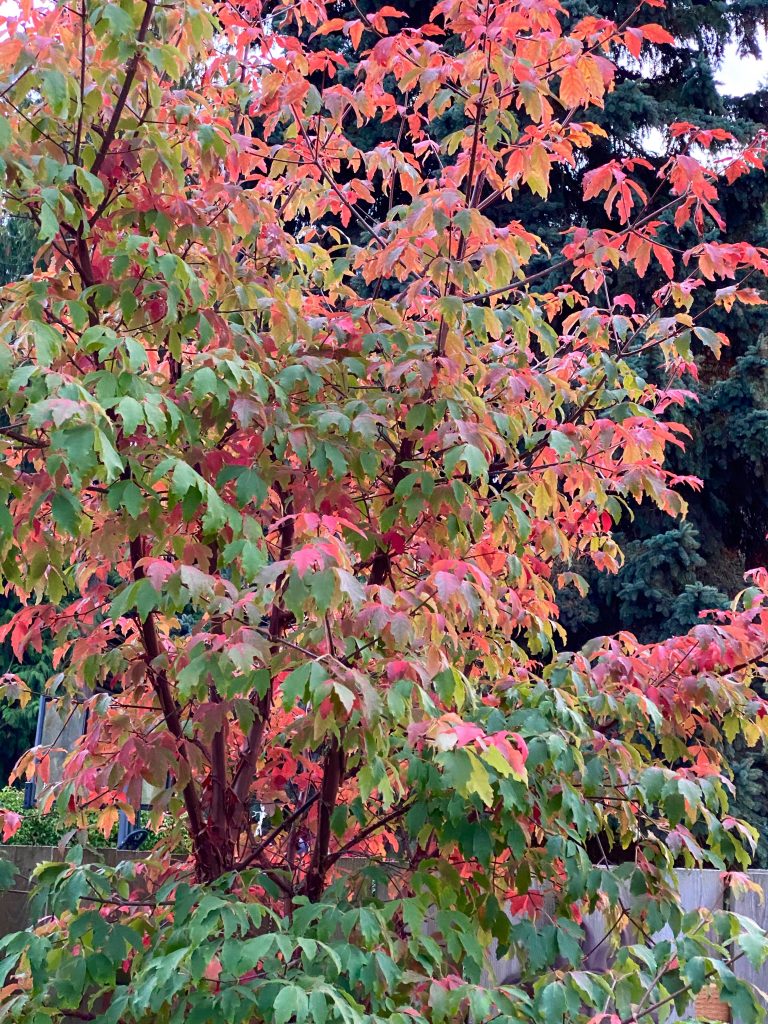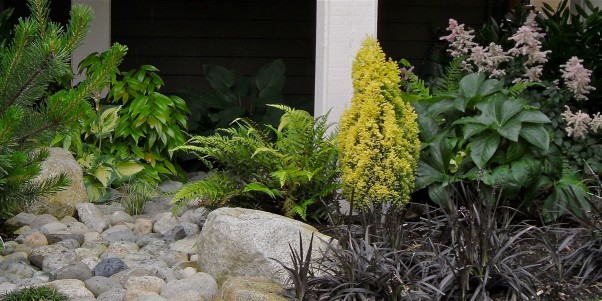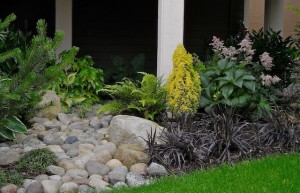Fall’s cooling air and still-warm soil are ideal for establishing new transplants. Perennials and evergreens alike can establish root systems before winter—and they require less water as the weather cools down and precipitation is more likely.
If you are not ready to plant but garden projects are on your mind, fall and winter are great times to think about changes to your garden that would make it more enjoyable at this time next year or plan a new one.
Last spring I wrote the following, and it’s worth repeating now:
Consider making a list of goals for your garden and prioritizing them in case you can’t get to everything you would like to do this year. A garden log is an easy way to stay on track, measure your progress, and celebrate your accomplishments. You can add notes throughout the year as new ideas come to mind.
Gardens are built over time, improving as they mature, and benefitting from adjustments along the way.
Here are some basics to consider when setting out your priorities:
- Screening and privacy. Do you have the coverage you want when deciduous trees lose their leaves?
- Circulation. Are pathways and patios in the best location? Is it easy to walk the entire garden and keep your feet dry?
- Structure. Are garden focal points and plant groupings positioned to provide good views from inside the house as well as in the garden?
- Winter color. Do your perennial borders need something added to create dormant season interest? Would evergreen color and texture add depth?
- Outdoor living. Would a covered outdoor structure create a quiet, dry place to get out of the house and enjoy your garden on a rainy winter day?
If you’re looking for more ideas, please contact me for a design consultation to learn about landscape design or the best plants for any spot in your garden.



